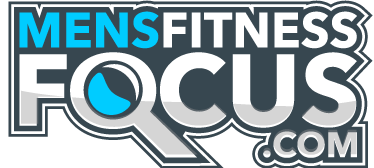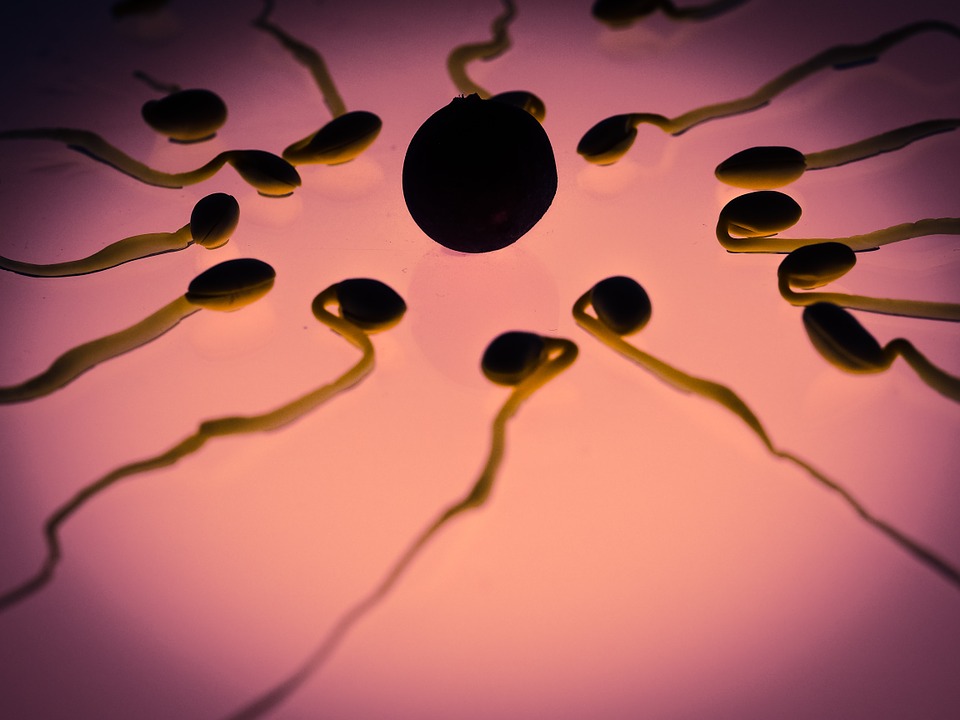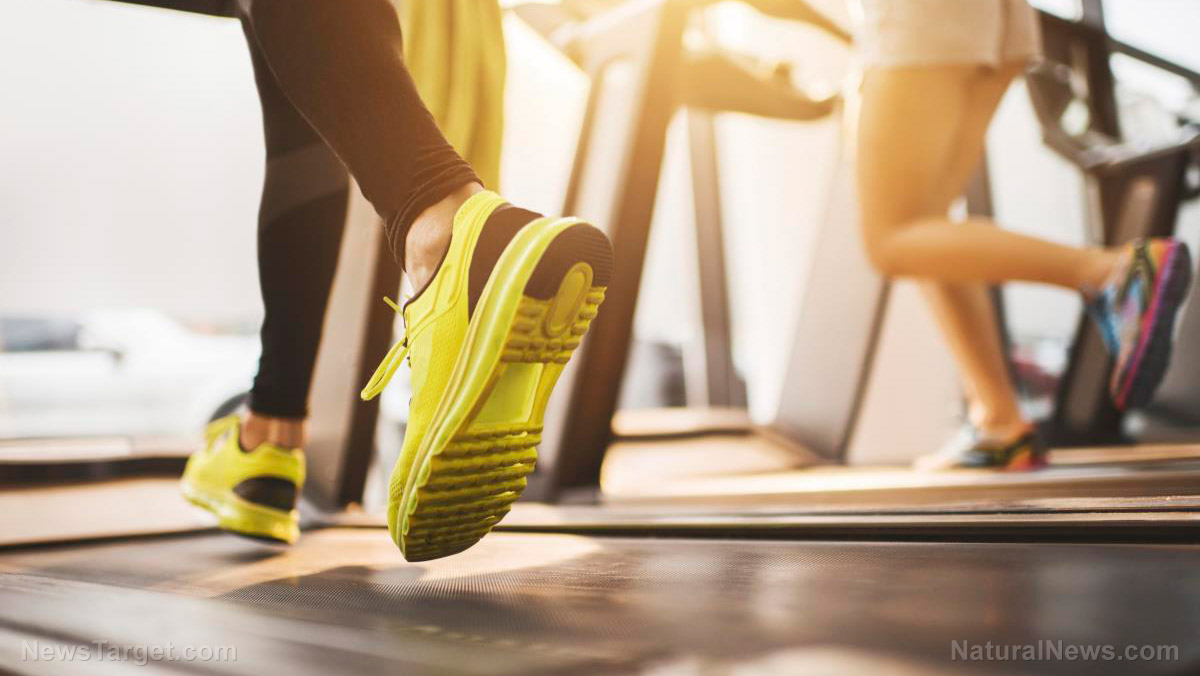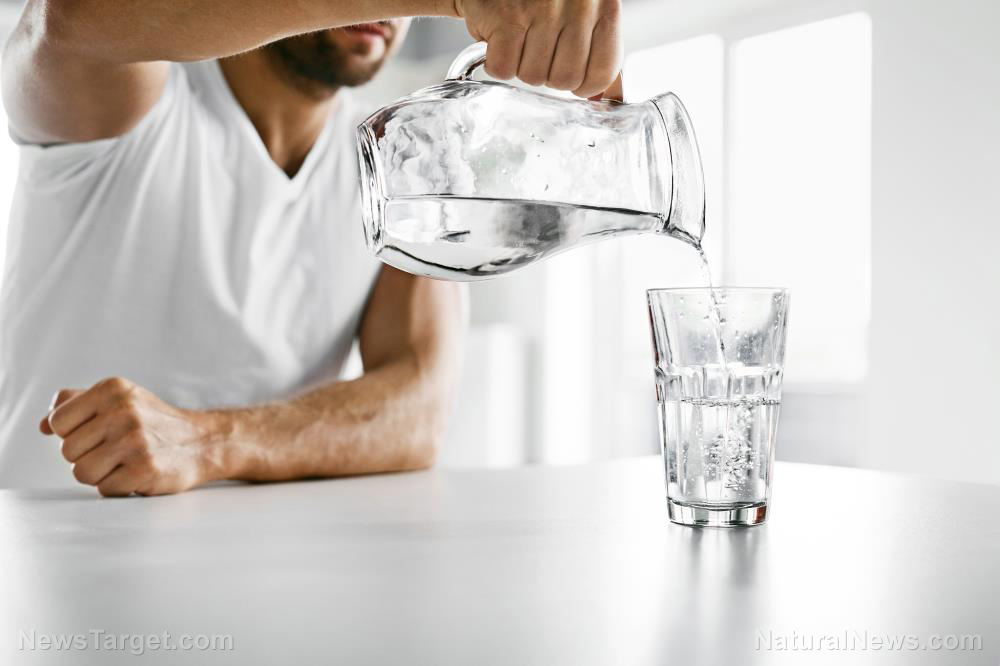Testicular cancer survivors report being less tired if they regularly engage in high-intensity interval exercise
03/18/2019 / By Zoey Sky
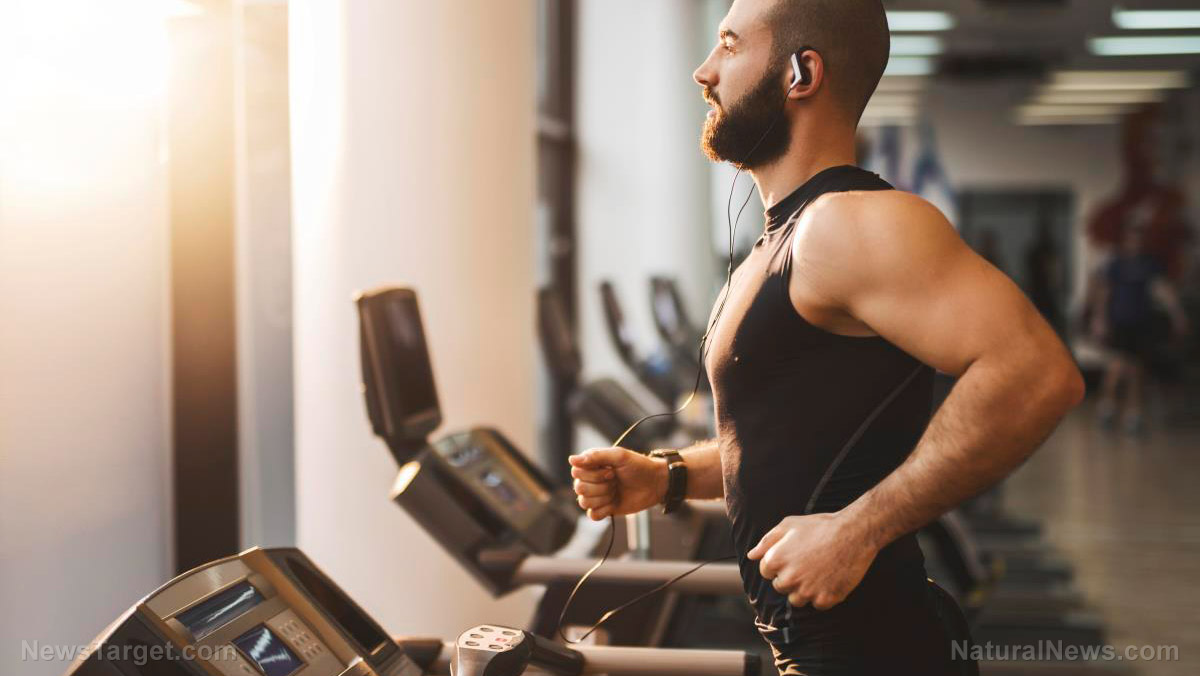
Regular physical activity offers many benefits for your physical and mental health. But according to research, high-intensity interval training (HIIT) can also help reduce tiredness and improve the self-esteem of testicular cancer survivors. The study was published in the British Journal of Cancer.
Can strenuous exercise address tiredness in testicular cancer survivors?
The study findings showed that men who had been treated for testicular cancer and had the lowest fitness levels benefited the most from HIIT, which is a vigorous exercise regime.
For the study, the researchers worked with 63 testicular cancer survivors who volunteered for a 12-week exercise program. The program included exercises such as “repeatedly walking fast uphill on a treadmill set at an incline for two minutes and then at a slower pace on the flat for the same length of time.” (Related: Research shows exercise helps keep cancer in remission.)
The participants reported significant improvements in their energy levels and self-esteem, unlike the men who only received their usual follow-up care. The HIIT program participants also noted that they felt less tired and had more vitality three months after the program.
In the U.K., at least 2,300 men are diagnosed with testicular cancer annually. The condition is most common among men in their early 30s. Male patients with testicular cancer often experience treatment-related fatigue.
Professor Kerry S. Courneya, the study’s senior author from the University of Alberta in Canada, explained that while the study was small, it revealed that the male participants who became more fit after the program reaped the most benefits. This suggests that higher intensity exercise, which significantly boosts an individual’s fitness levels, has more impact compared to more moderate activity.
Courneya added that the program could benefit other patients with testicular cancer, especially since it makes it easier to incorporate physical activity into daily routines. For example, men who join the program can improve their condition by jogging for two minutes and walking for two minutes.
What is high-intensity interval training?
HIIT is a broad term that refers to workouts which include short bursts of intense exercise that are alternated with low-intensity recovery periods. A major benefit of HIIT is that it allows you to enjoy maximal health benefits in minimal time.
Generally, an HIIT can last from 10 to 30 minutes. While HIIT workouts can be short, it can “produce health benefits similar to twice as much moderate-intensity exercise.” Depending on your preference, a HIIT program can include different activities such as biking, jump rope, sprinting, or other body weight exercises.
To illustrate, an HIIT with a stationary exercise bike may include 30 seconds of cycling as fast as possible against high resistance. This will be followed by several minutes of slow, easy cycling with low resistance. This makes up a “round” or “repetition” of HIIT, and a typical workout will require you to finish at least four to six repetitions in one workout.
Take note that the specific amount of time you exercise and recover will depend on your chosen activity and the intensity of your exercise. High-intensity intervals must involve short periods of vigorous exercise that make your heart rate speed up.
Sources include:
Tagged Under: cancer, cancer risk, cancer survivors, energy levels, exercise, fitness levels, Health and Wellness, high-intensity interval training, HIIT, jogging, men's health, physical activities, self esteem, testicular cancer, tiredness, walking
